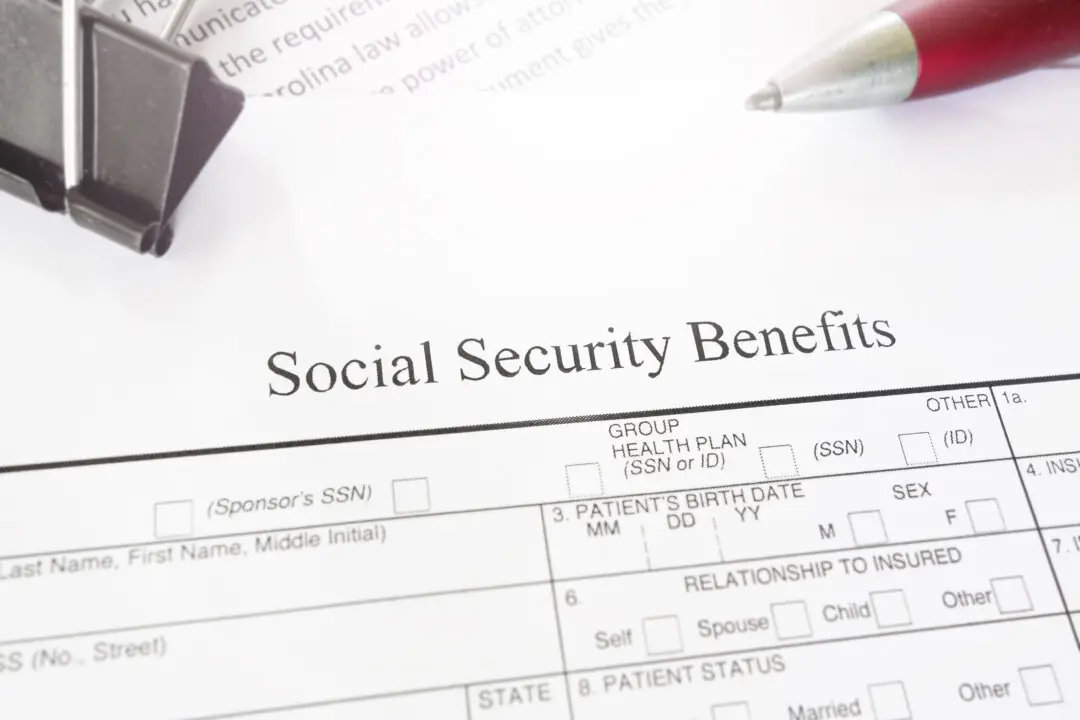Many older folks are asking me about getting disability benefits from Social Security. I'll offer some tips on how to go about doing that in a minute. But first, here are some ground rules that vary depending on your age.
If you are over your full retirement age, forget about it. Once you reach that age, disability benefits are no longer payable. Or to put that another way, the retirement benefit you are getting pays the same rate as any disability benefits you might be due.






